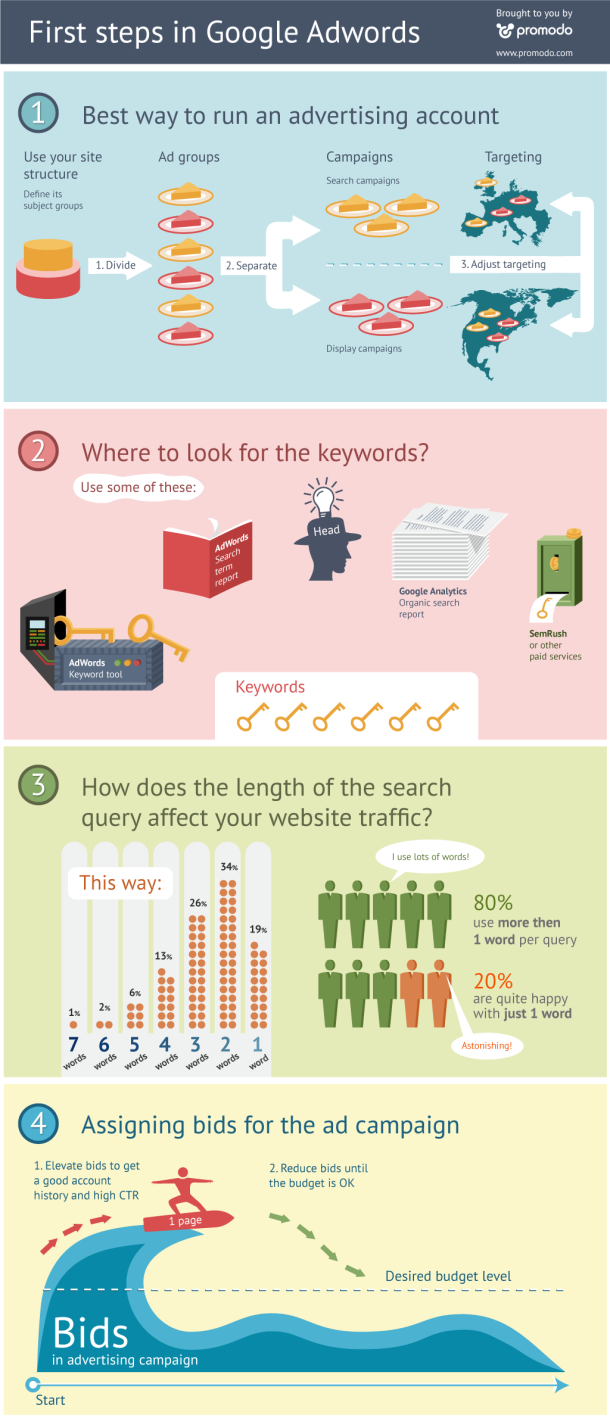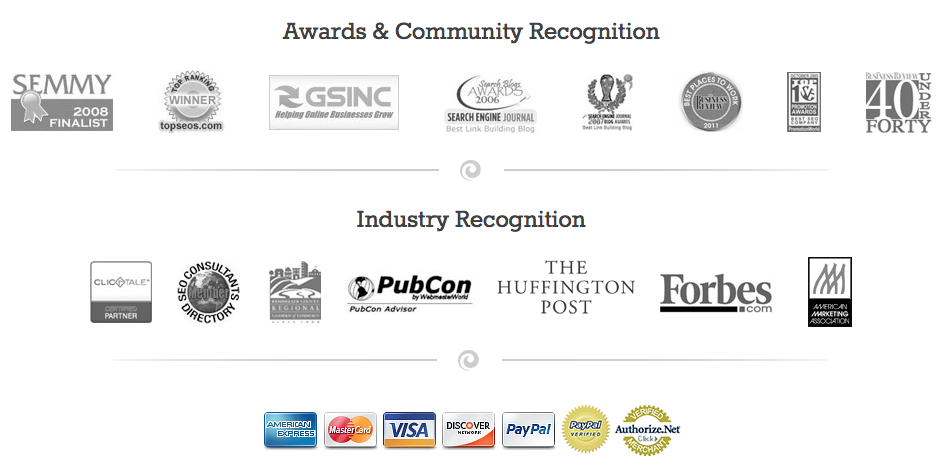Orange County SEO™ Blog
Expanding Local Search For Your Business
 To add the above image to your website, please copy and paste the code below.
To add the above image to your website, please copy and paste the code below.
Local searches are becoming the key factor in building business over the internet. At one time, web designers and SEO experts concerned themselves only with the global picture, since most local advertising was done through other media. Changes in search technology and smart phone capabilities, however, have changed the dynamic. Today’s customers are looking for businesses close to home, and local search optimization helps them find you.
This is true whether the searcher is a native of your area or a visitor. If you take a trip out of town, for example, your smart phone can help you locate stores, restaurants and services in your new geographic area. Guess which businesses show up on these searches? The ones who are optimized for local search capabilities, of course!
Local search optimization is like taking out a virtual billboard at the city limits of your location. You attract incoming shoppers to your website or your location and help them find your services easily when you have taken steps to make local searching easy. Local search techniques not only take into account your location but also your “findability” on mobile devices, through GPS systems and other factors that can affect your users’ experiences.
In order to expand local search rates, businesses can take the following steps, according to this infographic:
• Understand what is at stake. By 2015, nearly a third of searches will have local interest. This number is currently climbing every day as the smart phone takes the place of traditional cell phones.
• Improved integration and mobilization are driving local search numbers. You cannot keep up if you do not pay attention to mobile use issues.
• 77.1 million mobile users also use local searches, especially when visiting unfamiliar cities.
• 74 percent of these searches originate in Google’s portal. Google is still the standard for map-based searching, although other companies are quickly rising in popularity.
• At least 14 percent of users say they search locally every day.
• Only 15 percent did not find the results useful. The majority of these were led to websites that simply were not structured to support local searches or lacked vital information, like a phone number.
• 37 percent say images were likely to grab their attention. A picture is worth many words.
• 81 percent of businesses include a phone number with their listing for easy customer access. Many also include fax, URL for a website, or even interactive capabilities—such as making reservations online.
Face it, local search capabilities are something you cannot afford to ignore if you want to grow and expand your business. In order to make the most of this opportunity, you may need the help of an experienced and professional web designer who understands local search optimization.
If you are in need of professional search engine marketing from an experienced Orange County SEO company, please call us at 949-494-0007. Orange County SEO can help you optimize your web presence to include local search considerations and make the most of your web presence—wherever you are.
Googles Panda Update Effects on SEO – One Year Later
To add the above image to your website, please copy and paste the code below.
In 2011, Google released its Panda “update.” This software shook the SEO world to its foundation, designed as it is to sift unacceptable content and lower the scores of those websites found guilty of spam SEO and other no-nos. The software was named for its creator at Google.
One year later, many SEO strategists are still unsure what drives Panda’s filtering process or what algorithms are used to determine quality of content. Panda was designed to target “content farms,” sites where many writers contributed low- or poor-quality web content to generate search keywords.
Therefore, those who want to avoid Panda’s clutches must use high-quality, relevant content on their sites. There have been millions of words written on the subject, but they all boil down to one thing: it is getting harder and harder to “cheat” your way into good SEO results by robotic linking strategies or black-hat SEO.
In the old days, if you wanted to raise your rankings, it was fairly simple to do provided you were willing to pay for the privilege. Link farms sold wholesale content and links to businesses and would point to your website from anything from a shoe catalog site to a boating site, no matter what you were selling. It was a cheap, simple way to drive your website up in the rankings, but there were inherent problems with these strategies.
Customers got tired of pop-up ads and links that went nowhere they wanted to go from the sites they visited. In response, Google began to rank web pages based not on the number of visitors but on the quality of the site, including the links that pointed to it from other places.
This move represented a fundamental change in SEO strategy, and SEO experts scrambled to learn the new rules of the game. Ultimately, all of the changes represented by Panda and its future updates boiled down to one thing: you must have quality content and relevant links in order to win Google’s approval. After all, Google is recognized as the primary search engine in the world, so it has a reputation to protect. When you search Google for a keyword, the company wants you to land on pages that make you say, “Yes, that’s exactly what I was looking for.”
Looking at this from the other end of the spectrum, as a business owner with a website you have a responsibility to advertise yourself honestly. If you have good, original content with relevant links from trusted sites pointing to you, you will probably never receive the dreaded Google censure. On the other hand, if you take shortcuts, you are probably going to get burned.
The experts at Orange County SEO understand the realities of advertising in today’s Internet market and can help you tailor your website, links and other media to meet these demands. If you are searching for an experienced Orange County SEO company please contact us today to receive a free quote. Call us at 949-494-0007.
Understanding Search Engine Marketing Tactics
To add the above image to your website, please copy and paste the code below.
Why is it getting harder and harder to leave Google?
This question has been debated by SEO experts for some time. Many fear that Google is setting the standard for advertising in a monopolistic way that eliminates the competition from other search engine providers and defines which web sites are considered relevant. Others accept Google’s dominance and appreciate working with a single set of rules for SEO purposes.
However you feel about Google, the fact remains that the industry giant is sometimes difficult to figure out. Some experts feel that Google’s attempts to eliminate spam are thinly-disguised efforts to substitute its own version of controlled content; others disagree. This infographic traces the deletion of spam and the substitution of Google’s own method of funneling users.
Google says: Do not use spam.
Google does: Use paid links to promote businesses.
Google says: Do not use paid blog posts.
Google does: Use paid blog posts on its Japanese site.
Google says: Do not use doorway pages.
Google does: Use content farm pages like eHow, inserts thin content pages in its search engine results, and fast-tracked Google+ pages to the detriment of other content.
Google says: Do not use duplicate content.
Google does: Use thin, duplicated content for its pages from sites like Yelp.
Google says: Do not use low diversity.
Google does: Use little diversity in its AdWords keywords.
Google says: Do not use content farms.
Google does: Use AdSense which funded content farms.
Google says: Do not use cloaking.
Google does: Use frequent surveys in which you cannot enter a site without completing their survey.
Google says: Do not use thin affiliates.
Google does: Use selling of paid third-party affiliates and promotes their own pages.
Google says: Do not tailor pages for search engines but for users.
Google does: Use canonical tags geared for search engines.
Google says: Do not use multiple pages or domains with similar content.
Google does: Use multiple sites with the same concepts and even the same content.
Google says: Do not put in too many ads.
Google does: Use so many ads on some pages that content falls below the fold.
Google says: Do not promote questionable websites.
Google does: Use sites such as illegal pharmacies that cost the company millions in fines.
Google says: Do follow quality guidelines.
Google does: Not follow their own guidelines.
Getting Help From SEO Experts
Whether you agree with the opinions in the infographic or not, few would argue that making Google happy is a primary consideration for those who want to advertise on the web. In view of this, it is often helpful for business owners to have experts who understand Google’s rules and peculiarities and can structure advertising campaigns that take them into consideration.
If you are in need of professional help, please contact Orange County SEO for a free quote. Our experts can help you navigate Google’s complexities and maximize your Internet presence, giving you better site traffic and conversion rates.





















